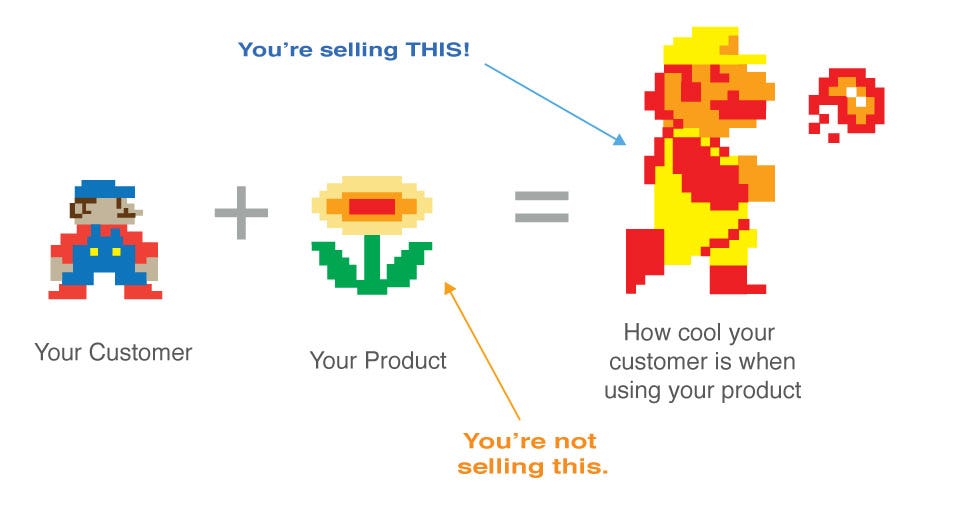Go-to-market – Channel Development
 Alfredo Juarez | May 15, 2019
Alfredo Juarez | May 15, 2019

How to get other people to sell your product.
“if you think that just because they’ll make money by selling your product is enough, you’re deemed to fail.”
When we were creating the go-to-market strategy for Cloudadmin, it made a lot of sense to tap into accounting firms to be our de-facto channel — if it worked for Xero and Intuit, it should work for us, we figured. It turns out that accounting firms didn’t care too much about how their customers’ (our target market) handled their inventory and sales order management. On the other hand, consulting firms were more likely to care about it, I mean, they were actually selling consulting gigs on these kind of stuff.
Truth is, just as you would do customer development to find out what product you should build, you also should talk to your potential channels to find out if it would make sense for them to be your channel (meaning, what’s the value proposition for them) — on this note, if you think that just because they’ll make money by selling your product is enough, you’re deemed to fail.
Designing the Value Proposition

First of all, start by coming up with a set of hypothesis about what kind of people/companies would be the ideal channels and why they’d be willing to sell your product — as I said before, revenue share isn’t always enough for them to sell your product. It needs to come along with a compelling value proposition.
The best way to design your value proposition is by talking to them to prove whether you’re right or not, if not, you might find something in their responses that you can change to be right (more on that later).
Here are a few questions you can ask to prove your hypothesis:
- How does your product complement with their own value proposition?
- What benefits will they perceive if their customers use your product?
- Why will they care to sell your product?
- Will they expand their customer base because of your product?
- How will their business be different/better because they’re selling your product?
The answers to the these questions will give you a true north on whether that’s the channel you want to pursue, what kind of messaging you can use to get them on board and/or, in some cases, prove your hypothesis wrong — While doing this process, I’ve come up with situations where the product itself represented a threat to the type of companies I was trying to get on board. In other cases, I’ve found out that instead of being Partners, they were actually the end customers. Who knows? That’s why you need to talk to them.
You do need to get out of the building, first of all, to find out what kind of product you have to build, and then, figuring out what are the best distribution channels you can partner with.
Happy hustling!
Let's build something great
Need help with rapid prototyping, UX design, app development, or digital product strategy? Please fill out the form below for a free consultation. All fields required.